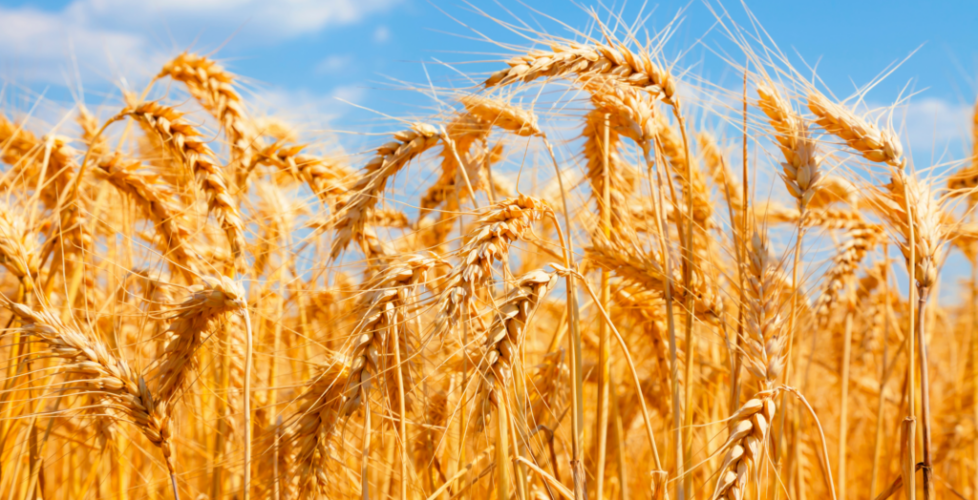Lag Ba Omer
The period between Pesach and Shavuot is called the Counting of the Omer (sefirat ha omer), after the ancient rite of the bringing of the first sheaf (omer) of the barley harvest to the priest (Lev. 23:9-14). Lag B’Omer is the shorthand way of saying the thirty-third day of the omer. It is celebrated to commemorate the day a plague ended in which thousands of students of Rabbi Akiba, a Talmudic scholar, died during the Counting of the Omer. The period of counting is traditionally observed as a period of mourning. The mourning, however, is set aside on Lag BaOmer, making it a day of special joy and festivity.
Lag BaOmer is not mentioned in the Torah and only hinted at in the Talmud. Consequently, there is no formal ritual, but rather a series of customs that the people found attractive and meaningful.
Many weddings take place on Lag BaOmer. In the Israeli traditional community, it has become a day when three-year-old children get their first haircuts. Parties and picnics abound, and at least in Israel, hundreds of people attend midnight bonfires and many children carry little bows and arrows.

